MENUMENU
BOOK TICKETS
DISCOUNTED ONLINE PRICE



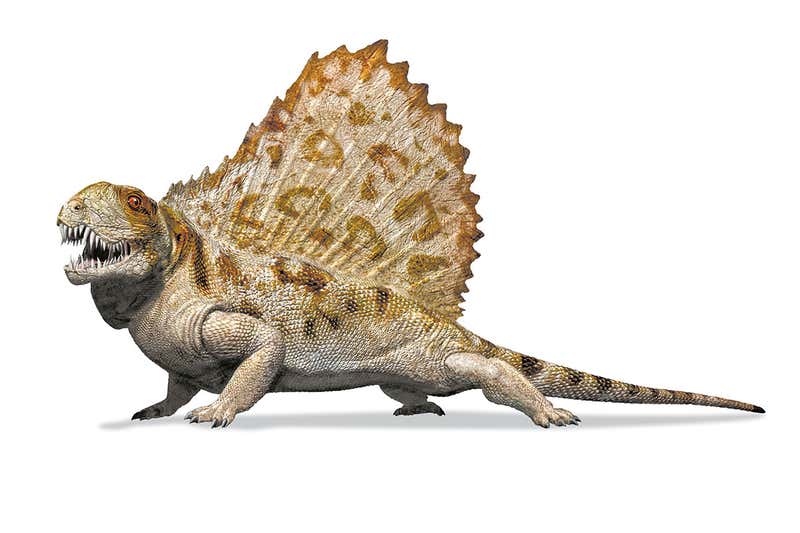

Wikipedia
Dimetrodon (/daɪˈmiːtrədɒn/[1] or /daɪˈmɛtrədɒn/,[2] meaning “two measures of teeth”) is an extinct genus of non-mammalian synapsid that lived during the Cisuralian (Early Permian), around 295–272 million years ago (Ma) [Credit: Wikipedia]
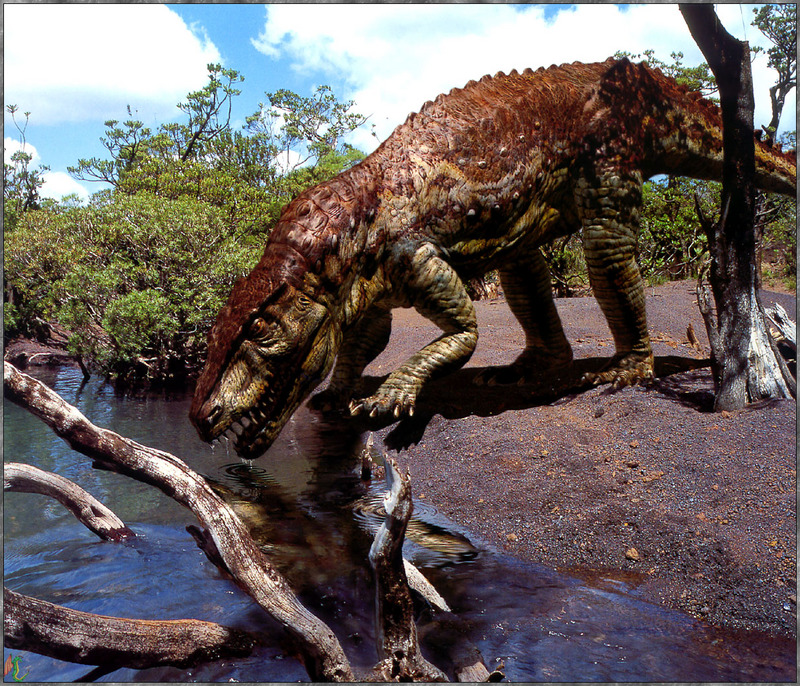

BBC
Postosuchus, meaning “Crocodile from Post“, is an extinct genus of rauisuchid reptiles comprising two species, P. kirkpatricki and P. alisonae, that lived in what is now North America during the Late Triassic. [Credit: Wikipedia]
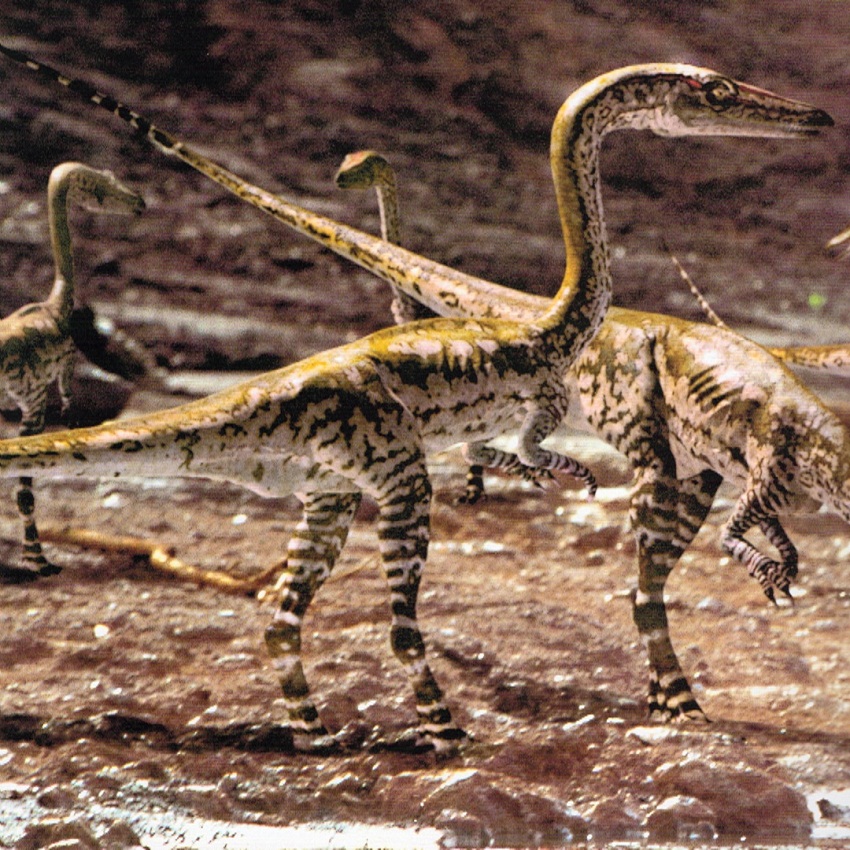

BBC
Coelophysis is an extinct genus of coelophysid theropod dinosaur that lived approximately 228 to 201.3 million years ago during the latter part of the Triassic Period from the Carnian and Rhaetian faunal stages in what is now the southwestern United States. [SOURCE: WIKIPEDIA]
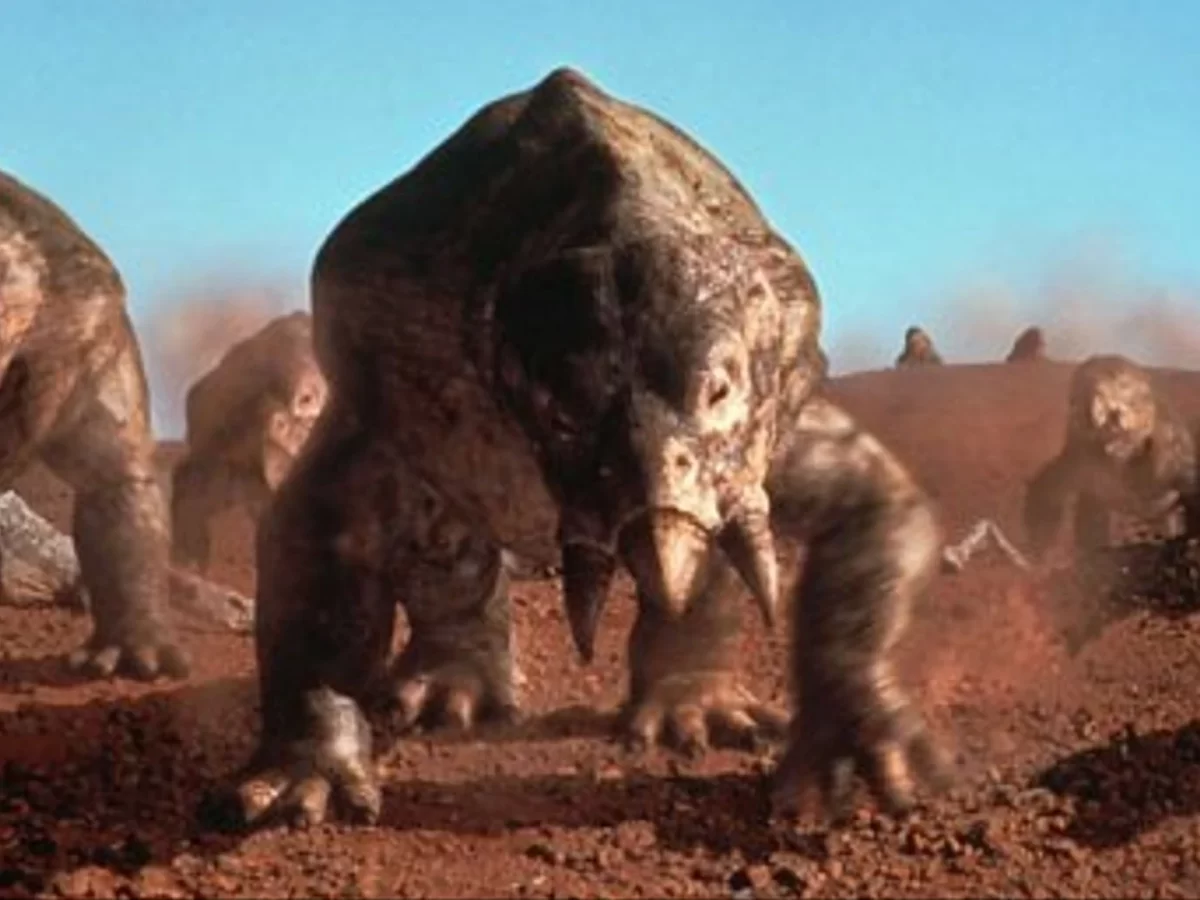

BBC
Placerias (meaning ‘broad body’) is an extinct genus of dicynodonts that lived during the Carnian to the Norian age of the Triassic Period (230–220 million years ago). Placerias belongs to a group of dicynodonts called Kannemeyeriiformes, which was the last known group of dicynodonts before the taxon became extinct at the end of the Triassic. [SOURCE: WIKIPEDIA]
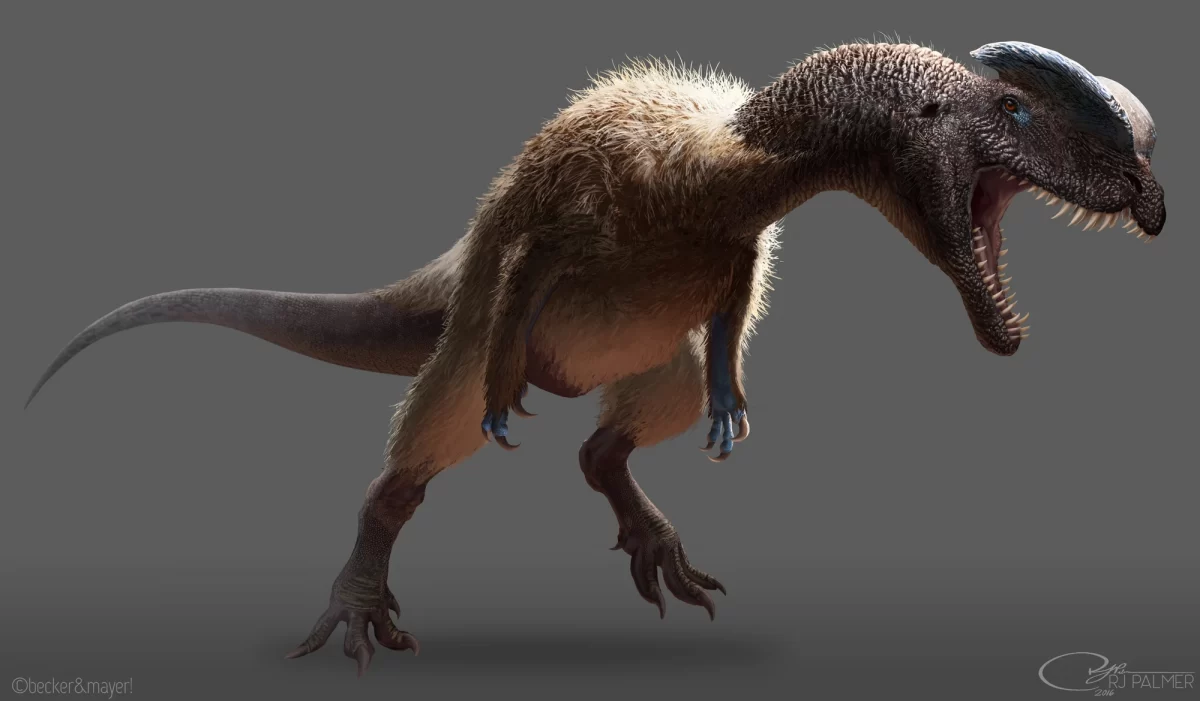

Dinopedia
Dilophosaurus is a genus of theropod dinosaurs that lived in what is now North America during the Early Jurassic, about 193 million years ago. Three skeletons were discovered in northern Arizona in 1940, and the two best preserved were collected in 1942. The most complete specimen became the holotype of a new species in the genus Megalosaurus, named M. wetherilli by Samuel P. Welles in 1954. Welles found a larger skeleton belonging to the same species in 1964. [SOURCE: WIKIPEDIA]
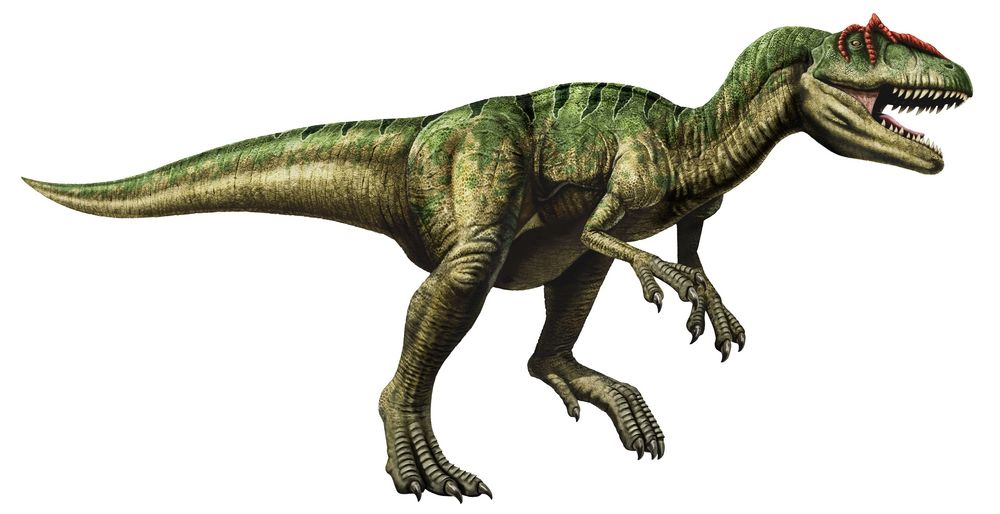

Allosaurus is a genus of large carnivorous theropod dinosaur that lived 155 to 145 million years ago during the Late Jurassic epoch (Kimmeridgian to late Tithonian). [Credit: Wikipedia]
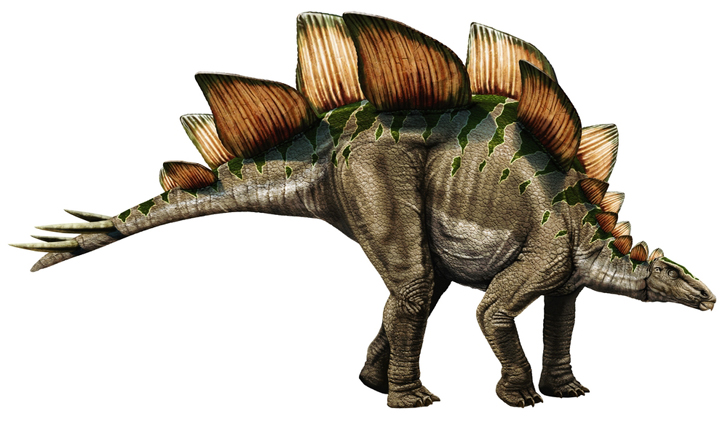

Dinopedia
Stegosaurus from Greek stegos (στέγος), which means roof, and sauros (σαῦρος), which means lizard, is a genus of herbivorous thyreophoran dinosaur. Fossils of this genus date to the Late Jurassic period, where they are found in Kimmeridgian to early Tithonian aged strata, between 155 and 150 million years ago, in the western United States and Portugal. [Credit: Wikipedia]
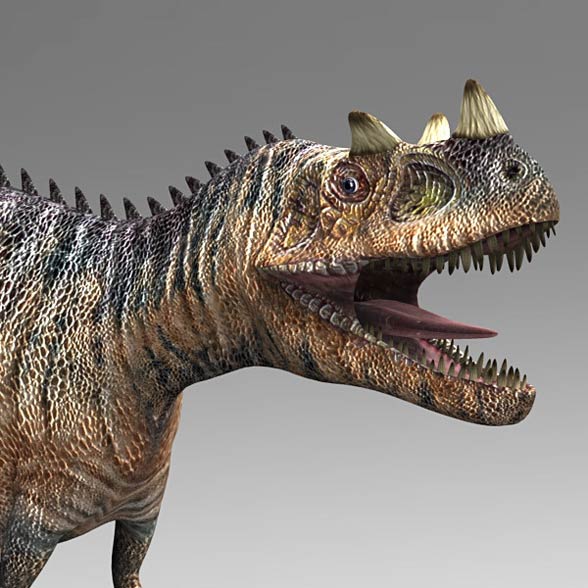

Dinoanimals
Ceratosaurus was a carnivorous theropod dinosaur in the Late Jurassic period (Kimmeridgian to Tithonian). The genus was first described in 1884 by American paleontologist Othniel Charles Marsh based on a nearly complete skeleton discovered in Garden Park, Colorado, in rocks belonging to the Morrison Formation. The type species is Ceratosaurus nasicornis. [SOURCE: WIKIPEDIA]
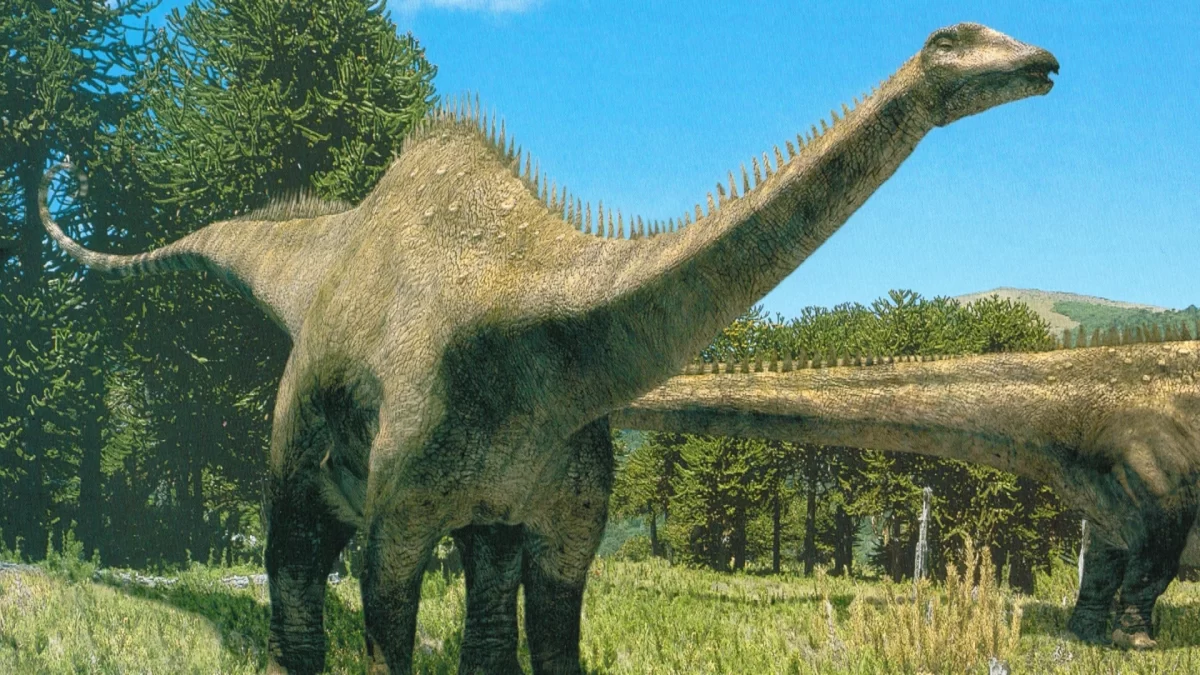

BBC
Diplodocus is a genus of diplodocid sauropod dinosaurs, whose fossils were first discovered in 1877 by S. W. Williston. The generic name, coined by Othniel Charles Marsh in 1878, is a neo-Latin term derived from Greek διπλός (diplos) “double” and δοκός (dokos) “beam”, in reference to the double-beamed chevron bones located in the underside of the tail, which were then considered unique. [CREDIT: WIKIPEDIA]
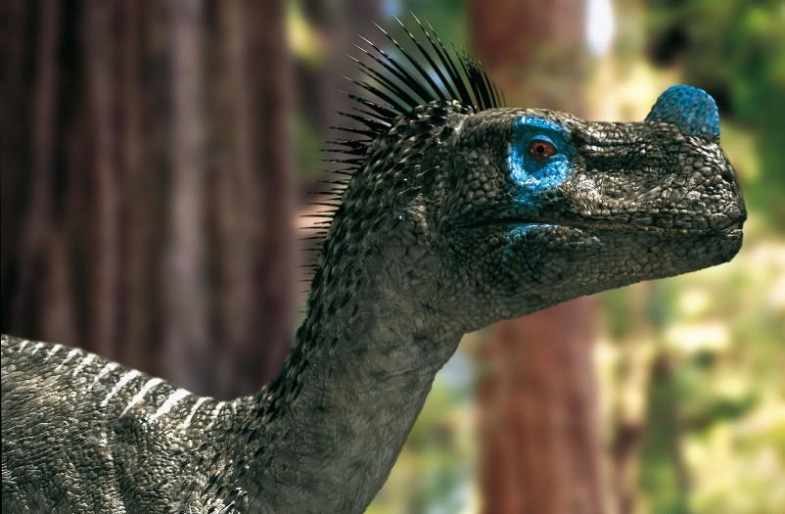

BBC
Ornitholestes (meaning “bird robber”) is a small theropod dinosaur of the late Jurassic (Brushy Basin Member of the Morrison Formation, middle Kimmeridgian age, about 154 million years ago[1]) of Western Laurasia (the area that was to become North America).
To date, Ornitholestes is known only from a single partial skeleton with a badly crushed skull found at the Bone Cabin Quarry near Medicine Bow, Wyoming, in 1900. It was described by Henry Fairfield Osborn in 1903. An incomplete hand was later attributed to Ornitholestes, although it now appears to belong to Tanycolagreus. The type (and only known) species is O. hermanni. The specific name honors the American Museum of Natural History preparator Adam Hermann. [CREDIT: WIKIPEDIA]
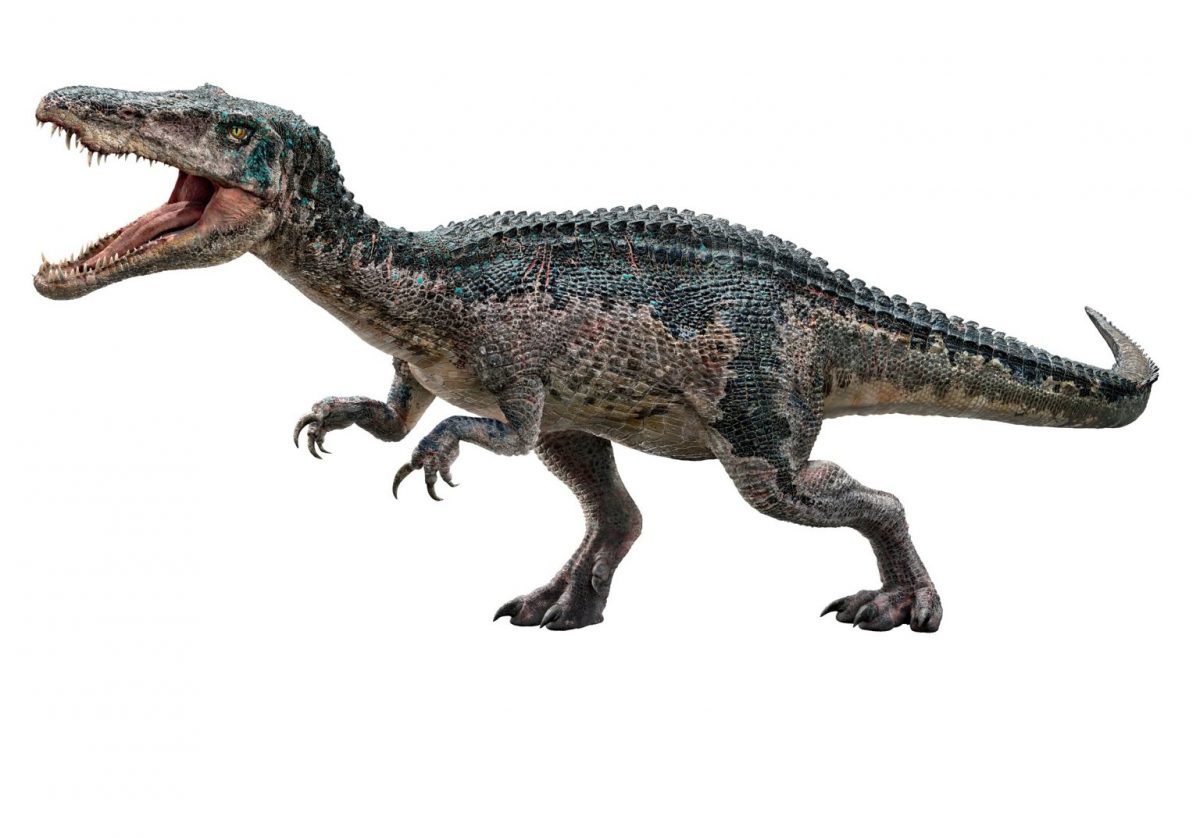

Jurassic-pedia
Baryonyx is a genus of theropod dinosaur which lived in the Barremian stage of the Early Cretaceous period, about 130–125 million years ago. The first skeleton was discovered in 1983 in the Smokejack Clay Pit, of Surrey, England, in sediments of the Weald Clay Formation, and became the holotype specimen of Baryonyx walkeri, named by palaeontologists Alan J. Charig and Angela C. Milner in 1986. [CREDIT: WIKIPEDIA]
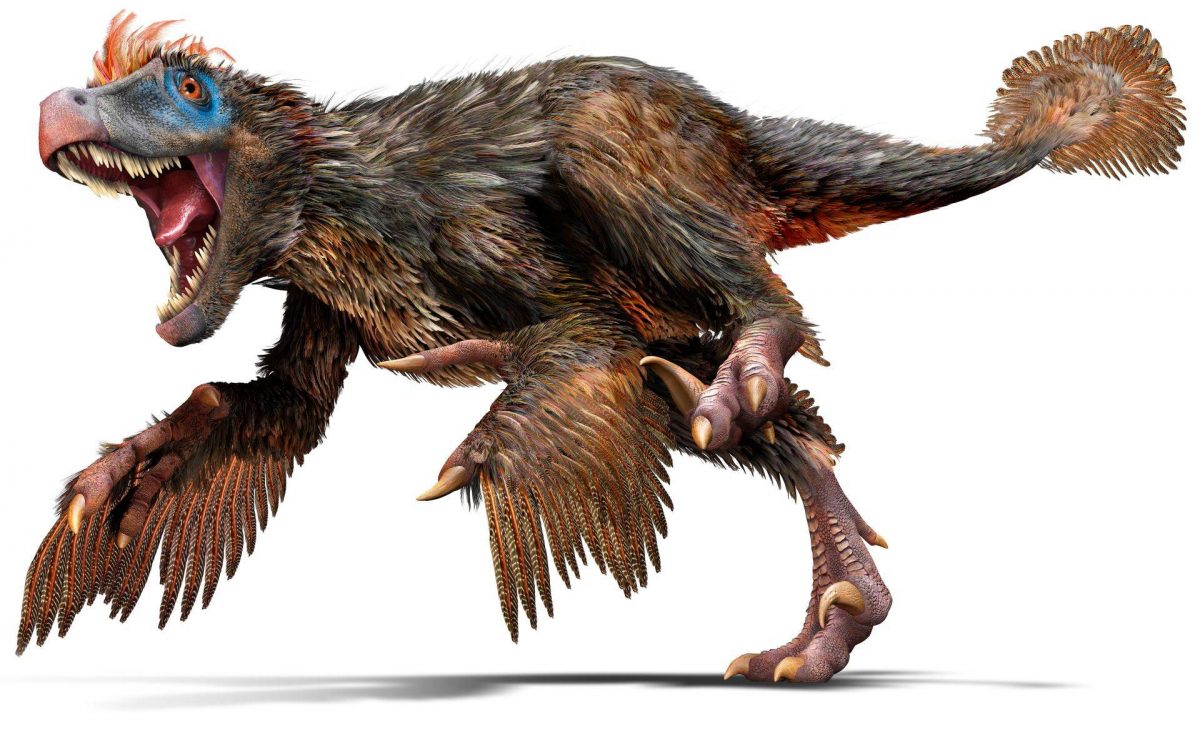

Fayerwayer
Velociraptor is a genus of small dromaeosaurid dinosaur that lived in Asia during the Late Cretaceous epoch, about 75 million to 71 million years ago. Two species are currently recognized, although others have been assigned in the past. The type species is V. mongoliensis; fossils of this species have been discovered in the Djadochta Formation, Mongolia. A second species, V. osmolskae, was named in 2008 for skull material from the Bayan Mandahu Formation, China. [CREDIT: WIKIPEDIA]
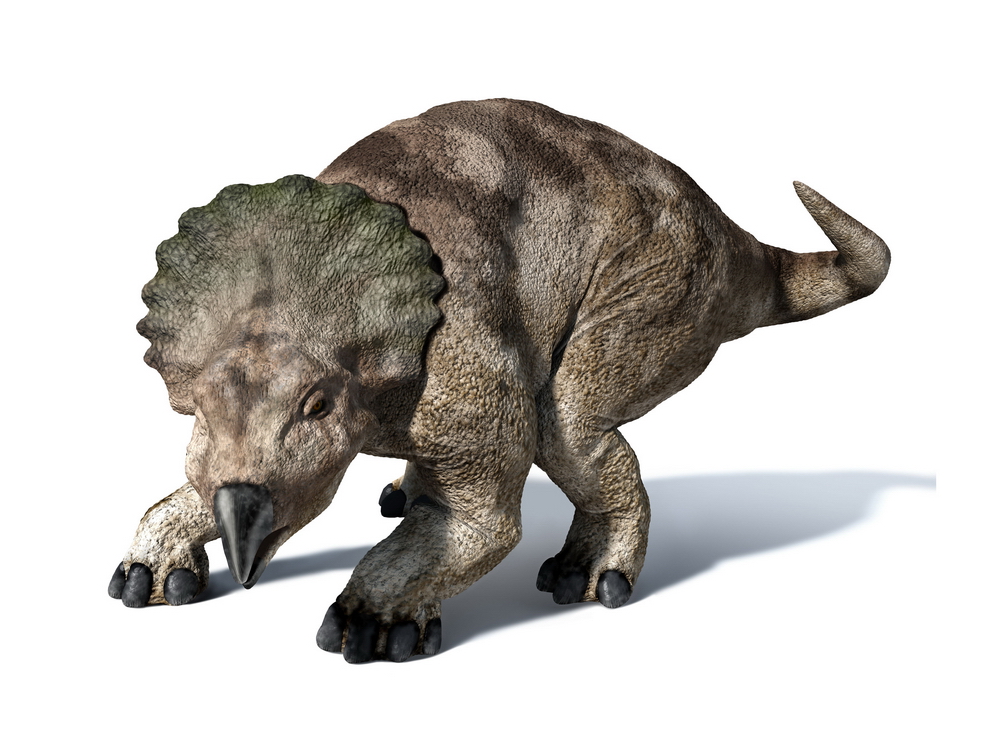

Extinct Animals
Protoceratops is a genus of small protoceratopsid dinosaurs that lived in Asia during the Late Cretaceous, around 75 to 71 million years ago. The genus Protoceratops includes two species: P. andrewsi and the larger P. hellenikorhinus. The former was described in 1923 with fossils from the Mongolian Djadokhta Formation, and the latter in 2001 with fossils from the Chinese Bayan Mandahu Formation. Protoceratops was initially believed to be an ancestor of ankylosaurians and larger ceratopsians, such as Triceratops and relatives, until the discoveries of other protoceratopsids. Populations of P. andrewsi may have evolved into Bagaceratops through anagenesis. [CREDIT: WIKIPEDIA]
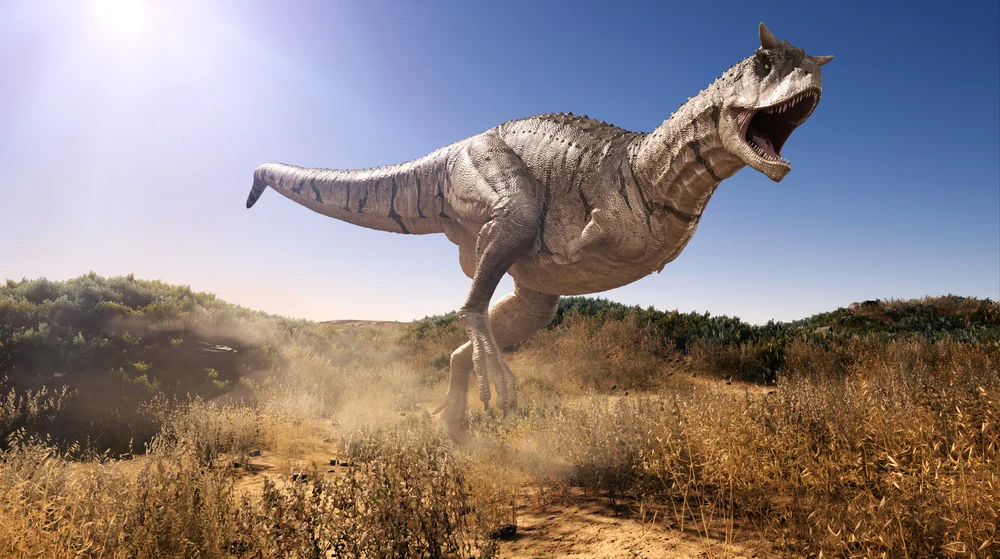

Science ABC
Carnotaurus is a genus of theropod dinosaur that lived in South America during the Late Cretaceous period, probably sometime between 71 and 69 million years ago. The only species is Carnotaurus sastrei. Known from a single well-preserved skeleton, it is one of the best-understood theropods from the Southern Hemisphere. The skeleton, found in 1984, was uncovered in the Chubut Province of Argentina from rocks of the La Colonia Formation. Carnotaurus is a derived member of the Abelisauridae, a group of large theropods that occupied the large predatorial niche in the southern landmasses of Gondwana during the late Cretaceous. Within the Abelisauridae, the genus is often considered a member of the Brachyrostra, a clade of short-snouted forms restricted to South America. [CREDIT: WIKIPEDIA]
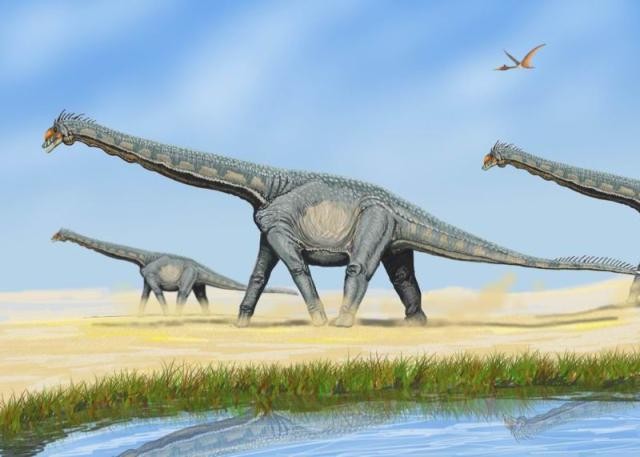

Dinosaur Pictures
Alamosaurus (/ˌæləmoʊˈsɔːrəs/; meaning “Ojo Alamo lizard”) is a genus of potentially opisthocoelicaudiine titanosaurian sauropod dinosaurs, containing a single known species, Alamosaurus sanjuanensis, from the late Cretaceous Period of what is now southern North America. [Credit: Wikipedia]
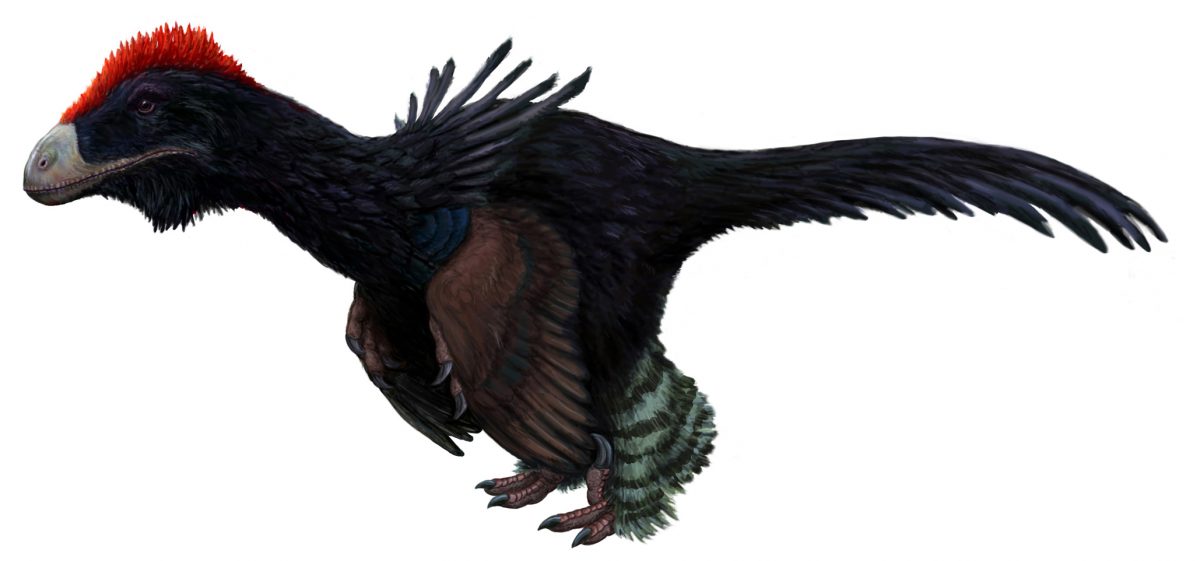

Wikipedia
The type (and only) specimen of Atrociraptor, holotype RTMP 95.166.1, was discovered by Wayne Marshall in 1995, in layers of the Horseshoe Canyon Formation also containing an Albertosaurus bonebed, near Drumheller. This bonebed is located at the top of Unit 4 of the Horseshoe Canyon Formation, which dates to about 68.5 million years ago. The only known specimen consists of parts of the upper and lower jaws—both premaxillae, a right maxilla, both dentaries—teeth and numerous small fragments. The skull appears to have been unusually short and tall. The teeth are relatively straight, but they emerge from the tooth sockets at an angle to the jaw line, resulting in a strongly raked row of teeth. A number of isolated teeth (previously referred to Saurornitholestes) have also been recovered from the Horseshoe Canyon Formation; they can be recognized by their unusually large serrations. [CREDIT: WIKIPEDIA]
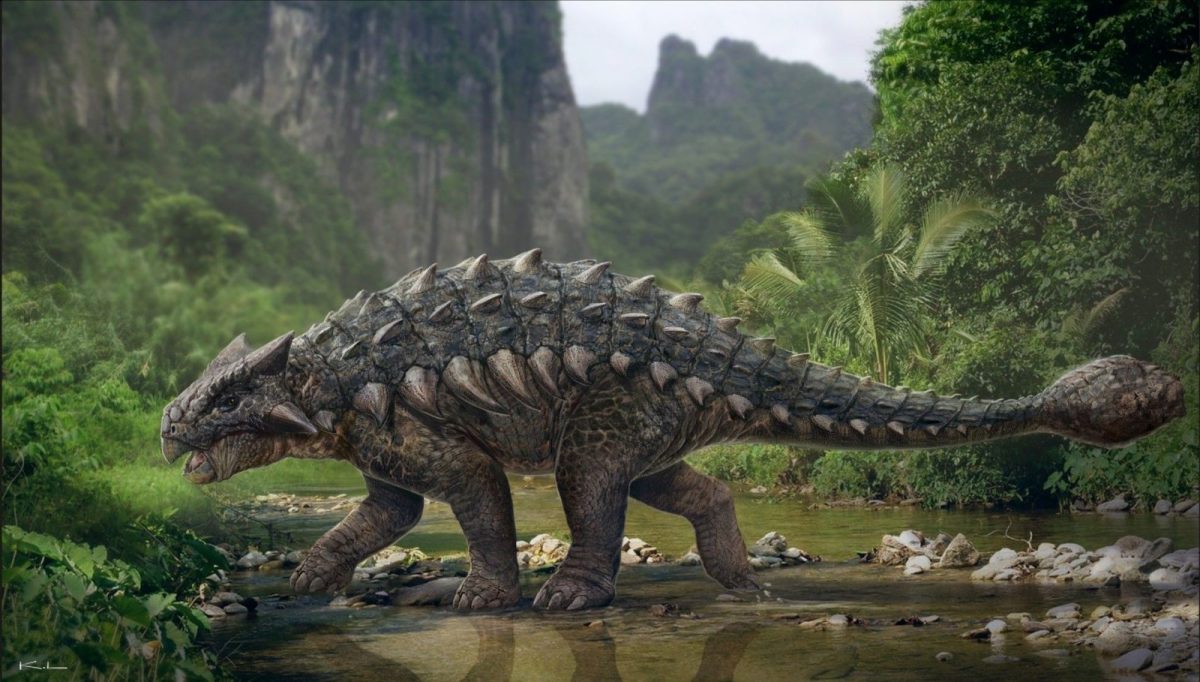

Dinopedia
Ankylosaurus is a genus of armored dinosaur. Its fossils have been found in geological formations dating to the very end of the Cretaceous Period, about 68–66 million years ago, in western North America, making it among the last of the non-avian dinosaurs. It was named by Barnum Brown in 1908; it is monotypic, containing only A. magniventris. The generic name means “fused lizard”, and the specific name means “great belly”. A handful of specimens have been excavated to date, but a complete skeleton has not been discovered. Though other members of Ankylosauria are represented by more extensive fossil material, Ankylosaurus is often considered the archetypal member of its group, despite having some unusual features.[CREDIT: WIKIPEDIA]
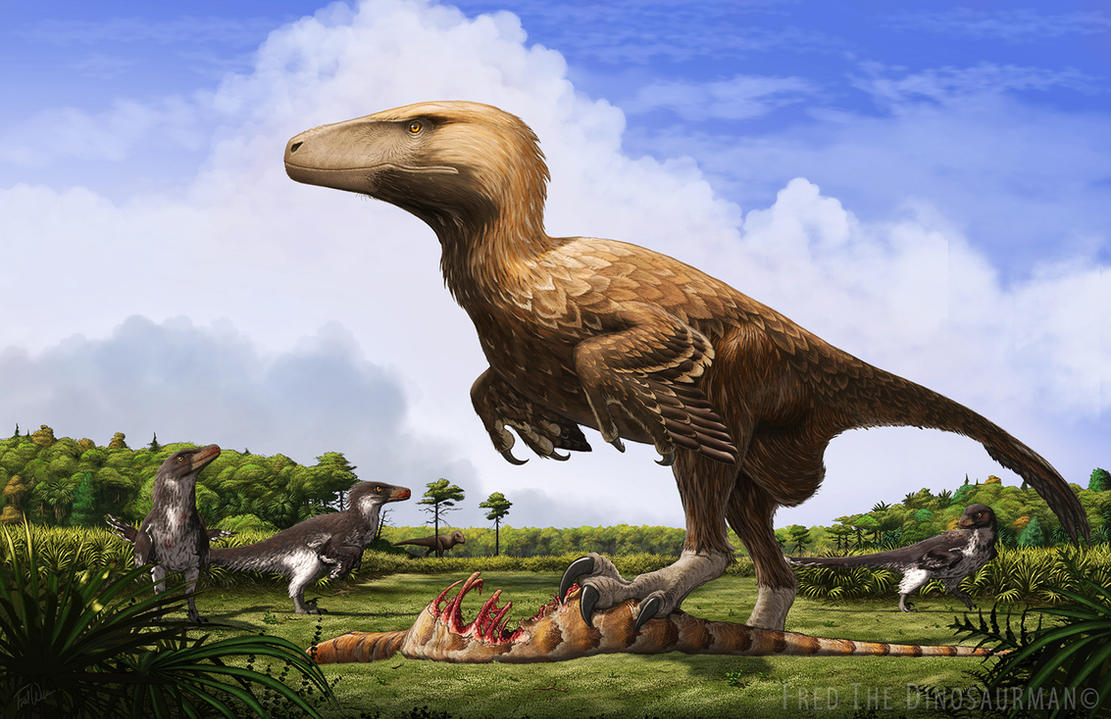

Deviantart
Dakotaraptor is a potentially chimaeric genus of large dromaeosaurid theropod dinosaur that lived in North America during the Late Cretaceous period. The remains have been found in the Maastrichtian stage of the Hell Creek Formation, dated to the very end of the Mesozoic era, making Dakotaraptor one of the last surviving dromaeosaurids. The remains of D. steini were discovered in a multi-species bonebed.Elements of the holotype and referred specimens were later found to belong to trionychid turtles, and further analysis of potential non-dromaeosaurid affinities of the holotype and referred material have not yet been conducted. Phylogenetic analyses of D. steini place it in a variety of positions in the Dromaeosauridae. [CREDIT: WIKIPEDIA]
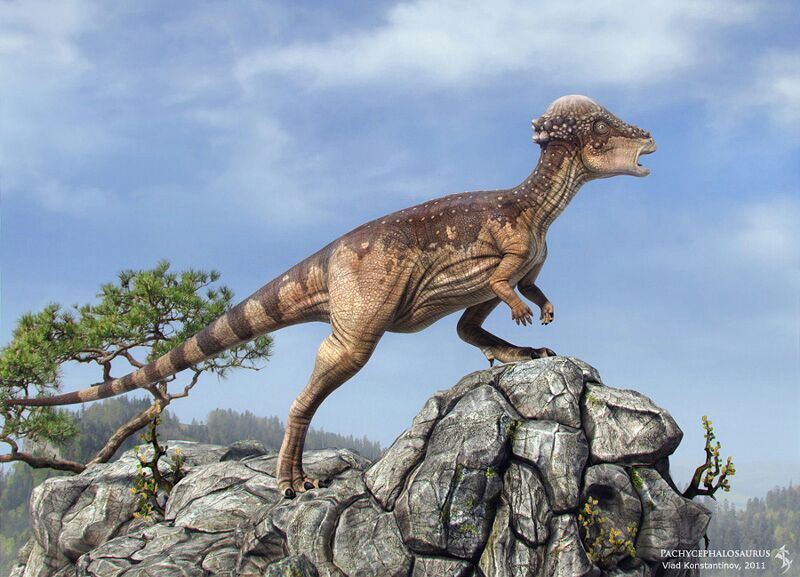

Aminoapps
Pachycephalosaurus is a genus of pachycephalosaurid dinosaurs. The type species, P. wyomingensis, is the only known species, but some researchers argue that there might be a second species, P. spinifer. It lived during the Late Cretaceous Period (Maastrichtian stage) of what is now North America. Remains have been excavated in Montana, South Dakota, Wyoming, and Alberta. [CREDIT: WIKIPEDIA]
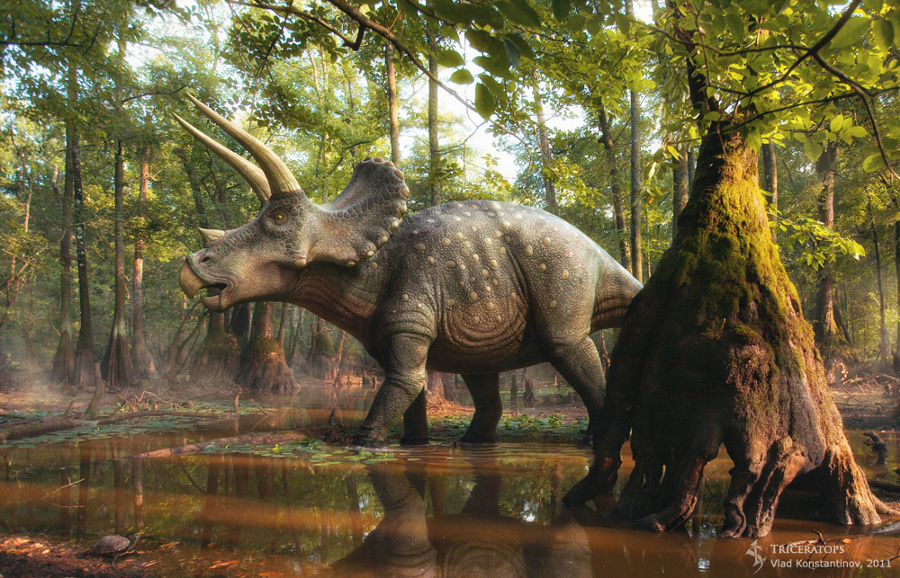

Palaeontology World
Triceratops is a genus of herbivorous ceratopsid dinosaur that first appeared during the late Maastrichtian stage of the late Cretaceous period, about 68 million years ago (mya) in what is now North America. [Credit: Wikipedia]
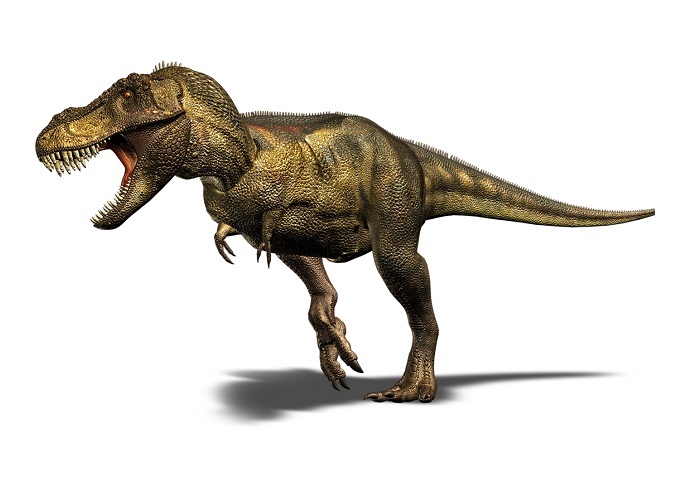

Extinct Animals
Tyrannosaurus is a genus of coelurosaurian theropod dinosaur. The species Tyrannosaurus rex (rex meaning “king” in Latin), often called T. rex or colloquially T-Rex, is one of the most well-represented of the large theropods. Tyrannosaurus lived throughout what is now western North America, on what was then an island continent known as Laramidia.[Credit: Wikipedia]
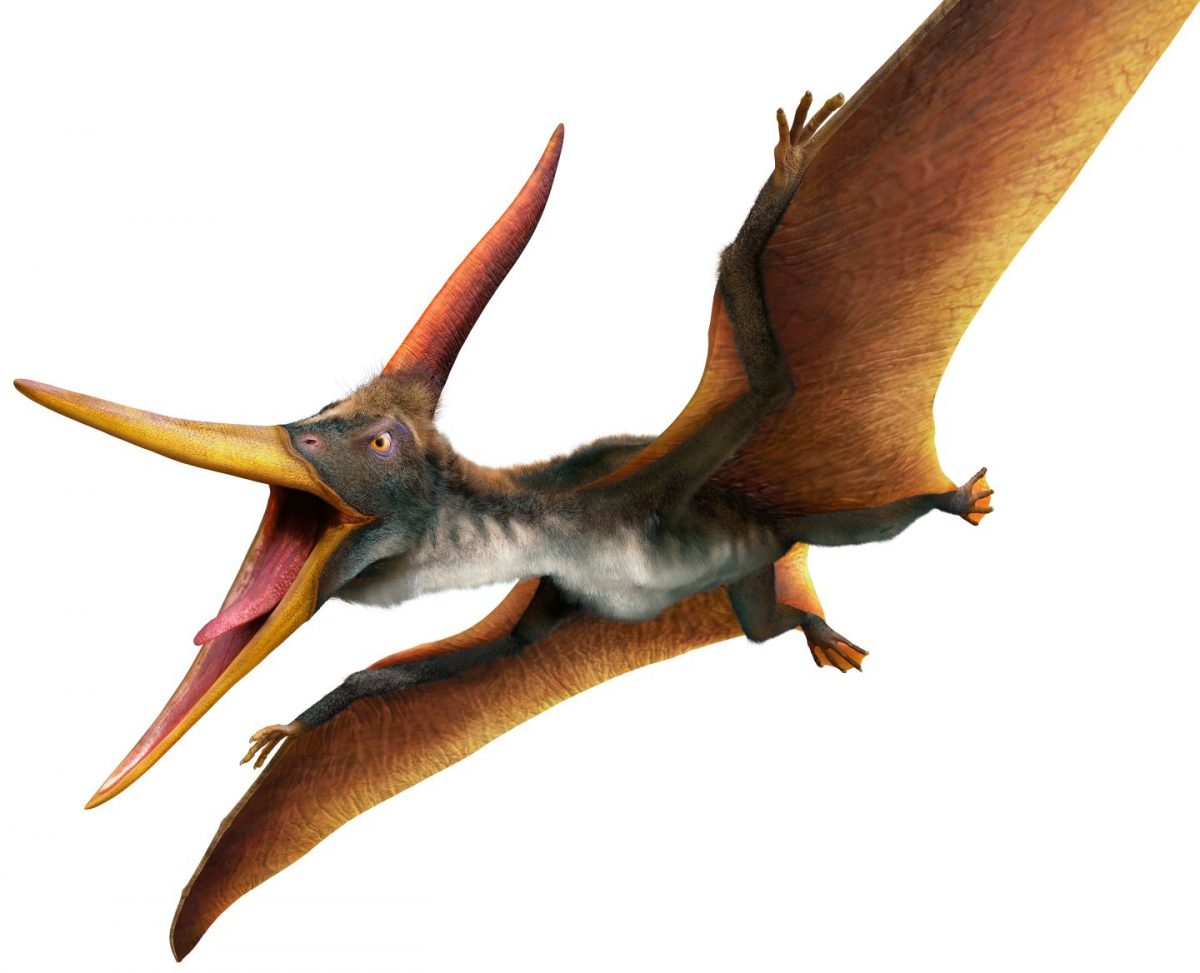

DKFindout
Pteranodon is a genus of pterosaur that included some of the largest known flying reptiles, with P. longiceps having a wingspan of 6.5 m (21 ft). They lived during the late Cretaceous geological period of North America in present-day Kansas, Nebraska, Wyoming, South Dakota and Alabama. More fossil specimens of Pteranodon have been found than any other pterosaur, with about 1,200 specimens known to science, many of them well preserved with nearly complete skulls and articulated skeletons. It was an important part of the animal community in the Western Interior Seaway.[CREDIT:WIKIPEDIA]
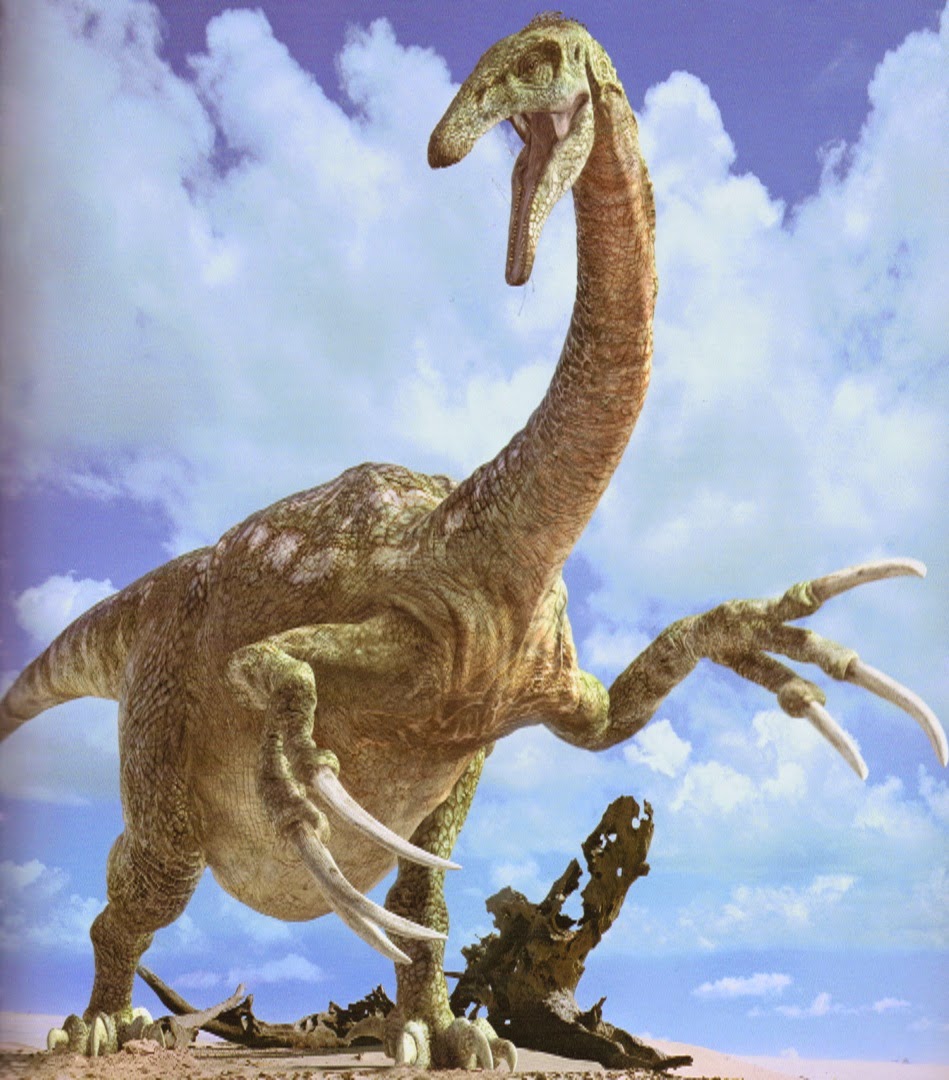

Extinct Animals
Therizinosaurus was a colossal therizinosaurid that could grow up to 9–10 m (30–33 ft) long and 4–5 m (13–16 ft) tall, and weigh possibly over 5 t (5.5 short tons). Like other therizinosaurids, it would have been a slow-moving, long-necked, high browser equipped with a rhamphotheca (horny beak) and a wide torso for food processing. [CREDIT: WIKIPEDIA]
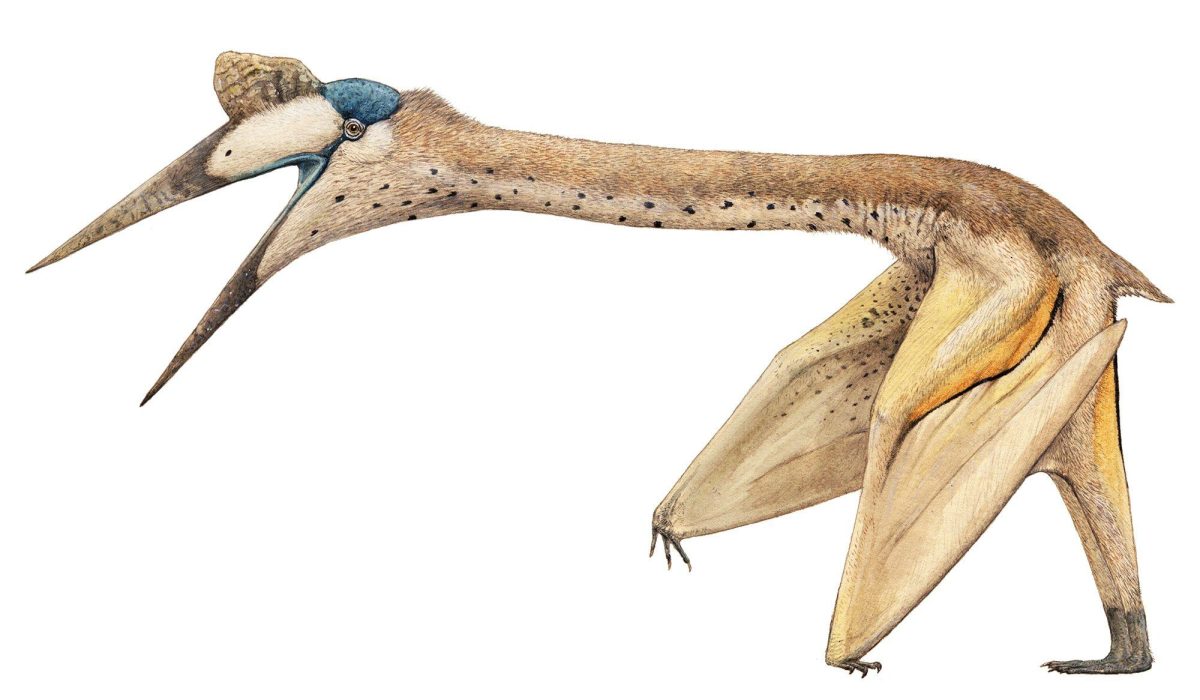

Extinct Animals
Quetzalcoatlus /kɛtsəlkoʊˈætləs/ is a genus of azhdarchid pterosaur known from the Late Cretaceous Maastrichtian age of North America. Its name comes from the Aztec feathered serpent god Quetzalcoatl. The type species is Q. northropi, named by Douglas Lawson in 1975. The genus also includes the smaller species Q. lawsoni, which was known for many years as an unnamed species, before being named by Brian Andres and Wann Langston Jr. (posthumously) in 2021. Q. northropi has gained fame as a candidate for the largest flying animal ever discovered. [CREDIT: WIKIPEDIA]